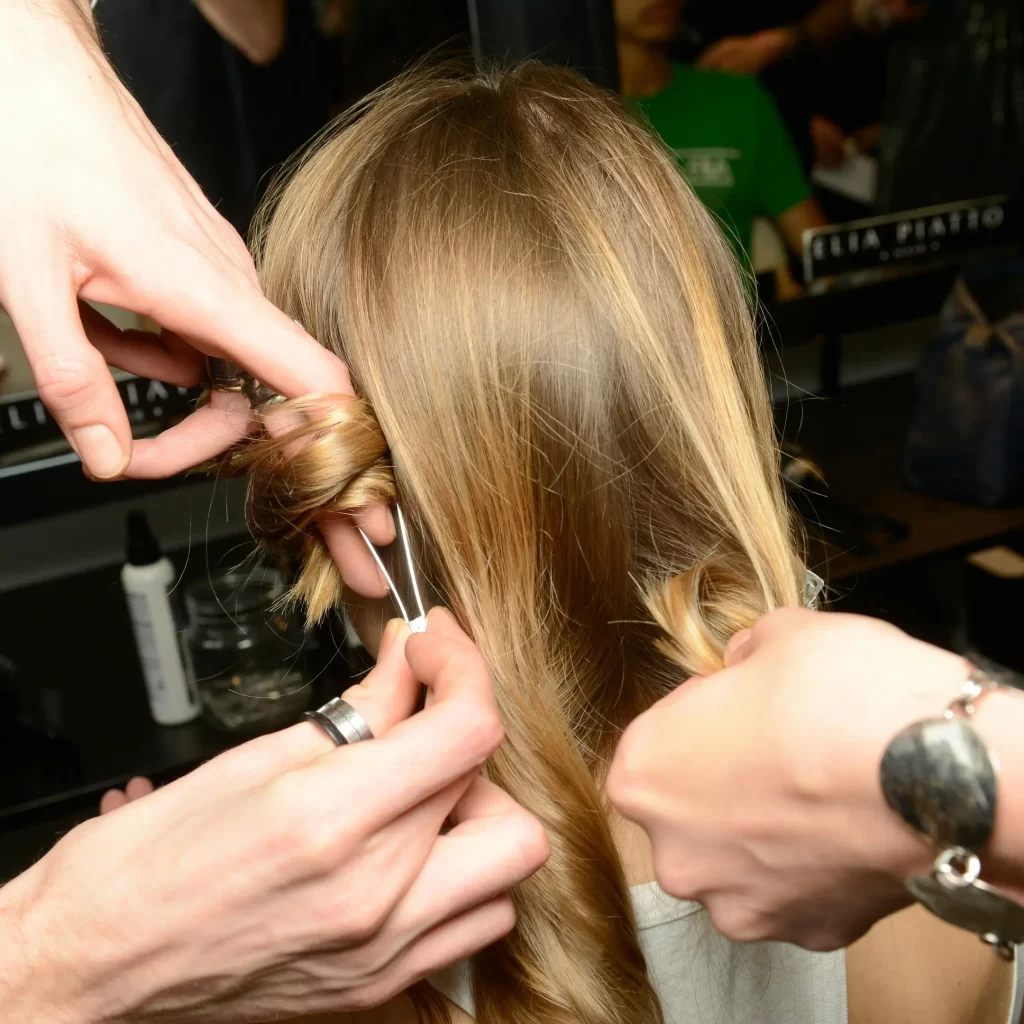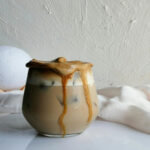Beauty trends have traditionally been a reflection of the economy. According to the Lipstick Index, which was created from Leonard Lauder, son of Estée Lauder, sales of “affordable luxury” goods like lipstick increase when people believe a recession is imminent. In the early 2000s. Following the 2008 financial crisis, “recession hair” became another economic indicator. Many people avoiding regular salon visit.
“Also known as recession roots, the trend revolves around treating grown-out roots as a choice rather than a reminder that a salon visit is required. As living expense and salon fee rise, many of us are searching for ways to reduce our spending, and costly hair care is frequently one of the first luxuries to go.”
Table of Contents
ToggleRecession Hair: What Is It?
Growing out your roots rather of getting touch-ups every few weeks, cutting your own ends. Forgoing professional treatments entirely are all examples of recession-friendly, do-it-yourself beauty. Because of this, recession brunette hair is trending on TikTok, for instance. More individuals talk about wearing their natural color or a more understated shade rather than a high-maintenance dye job.
Hair patterns will probably start to reflect this change as long as financial concerns continue to develop. Recession-era hairstyles such as slicked-back ponytails, grown-out roots, and a return to natural hair colors are becoming popular again. Low-maintenance, low-cost beauty is increasingly becoming the new norm for many people.
How Would a Recession Hair Affect Manicure Trends?
Recession hair and beauty trends are likely to spread to other areas, such as nail care and skincare. Consider current manicure trends as an example. Compared to the lengthy and art-covered nails that dominated in former years, current trends favor short and simple nails. Could this be the beginning of a move away from salon manicures?
Regular gel nails can be expensive, requiring fresh sets or fills every few weeks for roughly $60 each. Depending on geographic area. This does not include additional expense for elaborate design. A simple manicure could cost as little as $20. For those who still prefer to go to nail salon rather than conduct their manicures at home. More conservative set of nail will be more cost effective when it counts the most.
What makes me a "recession brunette"?
Not to be a woman-splainer, but things have become pricey, and a lot of people are searching for a more affordable and low-maintenance method of having blonde hair without giving up on it entirely. According to Grisillo, the balayage, bronde, and scandi trends are here to stay and are frequently modified to satisfy the requirements and desires of consumers. Numerous people appear to be “choosing a cost-effective strategy which permits them to remain blonde, but decreases the frequency of salon visits annually.”
What is the distinction between Recession Hair 'recession brunette', 'expensive brunette', and balayage?
“In essence to achieve most hair colour trends these days it’s adapting the colour application technique of ‘balayage‘ to achieve different results to any hair colour,” according to Grisillo.
He argues that when we talk about a ‘premium brunette,’ it usually includes some sort of seamless variance that gives a ‘wow’ aspect to the brunette’s tone shift. “It’s really about the embodiment of a polished, well conditioned, almost undetectable colour result that makes people wonder if the hair is even coloured or if it’s their natural colour.”
What more can I do to repair bleach damage to my hair?
Simply put, less is more. If you want your hair to heal, avoid bleach, heat styling, excessive styling, and washing as much as you can. This will allow your hair to grow in the greatest possible condition. Furthermore, utilizing protective nourishing leave-in products will prevent dryness and provide a moisture-rich protection for the hair.
And if you’ve always wanted thick, bouncy hair, extensions can help you get it. Clip-in extensions are generally less expensive than permanent ones. You save money on upfront costs and application fees, as well as not having to pay for repositioning them every 8 weeks.
Looking Ahead at Beauty Trends During the Recession Hair
In skincare, a similar trend might be emerging. In the event of a recession, consumers would be compelled to choose at-home treatments or other simplified routines rather of spending an extravagant $100 on monthly facials.
Our beauty regimens and the newest trend in aesthetic will impact the US economy continues to falter. This contrasts with the transition that occurred during the global pandemic in 2020, when salons closed entirely. People appear to be willing to reduce their spending on beauty products. Might the “undone” style become the new chic? Maybe.




